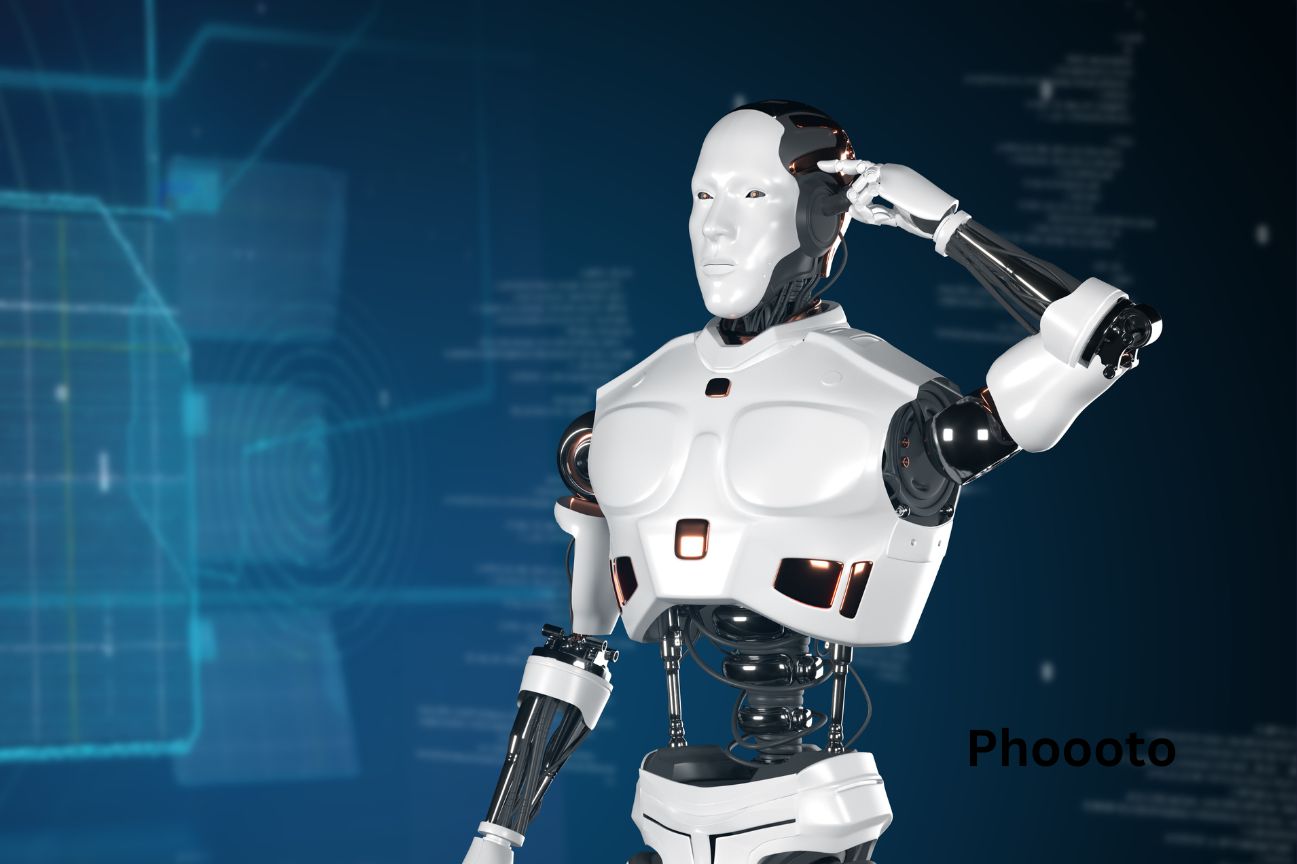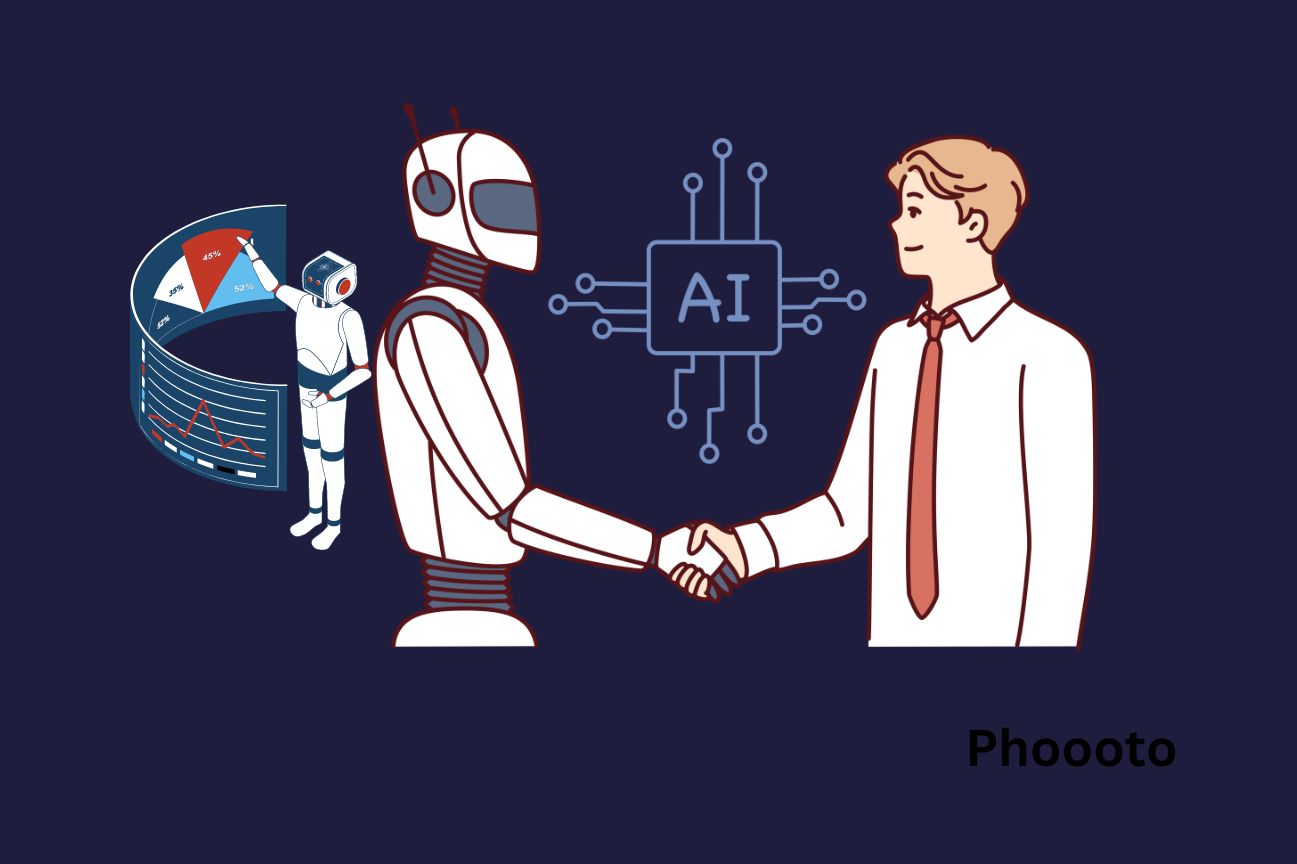Artificial intelligence (AI) has swiftly transitioned from the realm of science fiction to an integral part of our daily lives. Whether it’s interacting with chatbots online or using personal assistants like Siri and Alexa, AI is becoming indispensable. But how did we get here, and what’s next for AI in our everyday existence? Let’s dive into the fascinating journey of AI, from simple chatbots to sophisticated personal assistants, and explore their growing impact on our lives.

The Evolution of AI Early Beginnings
The concept of AI dates back to ancient times with myths of mechanical beings. However, it wasn’t until the mid-20th century that AI began to take shape as a scientific field. The Dartmouth Conference in 1956 is often cited as the birthplace of AI as we know it. Early AI research focused on symbolic reasoning and problem-solving, setting the stage for more advanced developments.
The Rise of Machine Learning
Machine learning, a subset of AI, brought significant advancements. Instead of programming machines with specific instructions, machine learning allows them to learn from data. This shift has led to the creation of more adaptable and intelligent systems. The development of algorithms that enable machines to recognize patterns and make decisions has been a game-changer.
AI in the 21st Century
The 21st century has seen AI integrate into various sectors, from finance to healthcare. The development of neural networks and deep learning has further enhanced AI’s capabilities, allowing it to perform complex tasks such as language processing, image recognition, and autonomous driving. AI has moved from theory to application, transforming industries and daily life.
What Are Chatbots?
Chatbots are computer programs designed to simulate conversation with human users, especially over the internet. They can perform a variety of tasks, from answering customer queries to providing product recommendations.
Early Examples of Chatbots
One of the earliest examples of a chatbot is ELIZA, created in the 1960s. ELIZA used pattern matching and substitution methodology to simulate conversation. Though primitive by today’s standards, ELIZA paved the way for more advanced conversational agents.
Chatbots in Customer Service
Today, chatbots are commonly used in customer service to handle routine inquiries, freeing up human agents for more complex issues. They can answer questions, resolve complaints, and even process transactions, providing immediate assistance to users and enhancing customer satisfaction.
AI Personal Assistants: A Step Further – What Are Personal Assistants?
Personal assistants are AI-driven applications designed to assist users with daily tasks. Unlike simple chatbots, they use advanced algorithms to understand context and perform a wide range of functions.
Popular Personal Assistants
Some of the most well-known AI personal assistants include Apple’s Siri, Google Assistant, Amazon’s Alexa, and Microsoft’s Cortana. These assistants can set reminders, control smart home devices, provide weather updates, and much more.
How Personal Assistants Work
Personal assistants use natural language processing (NLP) to understand and respond to user commands. They are integrated with various services and applications, allowing them to perform tasks such as sending messages, playing music, or ordering groceries.
In Short
In the ever-evolving landscape of technology, AI stands out as a revolutionary force reshaping our daily lives. From the initial steps of chatbots engaging in simple conversations to the sophisticated AI personal assistants that now help us manage our lives, the journey of AI is a testament to human ingenuity and the relentless pursuit of innovation. As AI continues to integrate into various aspects of our existence, we can look forward to a future where technology and human creativity harmoniously coexist, making life not only easier but also more enriching.
In embracing AI, we must also navigate the challenges it presents, ensuring that ethical considerations and privacy protections are at the forefront of its development. By doing so, we can harness the full potential of AI, creating a world where technology serves to enhance our lives while safeguarding our values and principles.
FAQs
- What are some examples of AI in home automation?
AI in home automation includes smart thermostats that learn your temperature preferences, smart lights that adjust based on your activities, and security cameras with facial recognition to enhance home security. - How does AI personalize entertainment experiences?
AI algorithms analyze your viewing habits and preferences to recommend movies, shows, and music tailored specifically to your tastes, creating a more enjoyable entertainment experience. - What ethical guidelines are necessary for AI development?
Ethical guidelines for AI development should include fairness, transparency, accountability, privacy protection, and the mitigation of biases to ensure that AI benefits all members of society equitably. - Can AI help with mental health issues?
Yes, AI can assist in mental health care by providing therapy chatbots, monitoring patient moods through wearable devices, and analyzing data to identify patterns and recommend interventions. - What are the future possibilities of AI in education?
AI in education can offer personalized learning experiences, automate administrative tasks for educators, provide intelligent tutoring systems, and support students with special needs through adaptive learning technologies.

